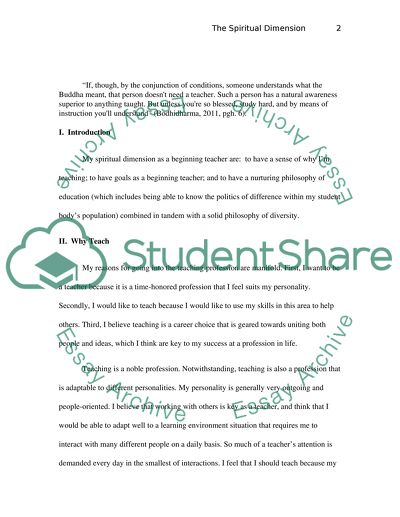Cite this document
(“The Spiritual Dimension of Being a Beginning Teacher Personal Statement”, n.d.)
The Spiritual Dimension of Being a Beginning Teacher Personal Statement. Retrieved from https://studentshare.org/education/1407609-reflective-essay
The Spiritual Dimension of Being a Beginning Teacher Personal Statement. Retrieved from https://studentshare.org/education/1407609-reflective-essay
(The Spiritual Dimension of Being a Beginning Teacher Personal Statement)
The Spiritual Dimension of Being a Beginning Teacher Personal Statement. https://studentshare.org/education/1407609-reflective-essay.
The Spiritual Dimension of Being a Beginning Teacher Personal Statement. https://studentshare.org/education/1407609-reflective-essay.
“The Spiritual Dimension of Being a Beginning Teacher Personal Statement”, n.d. https://studentshare.org/education/1407609-reflective-essay.


